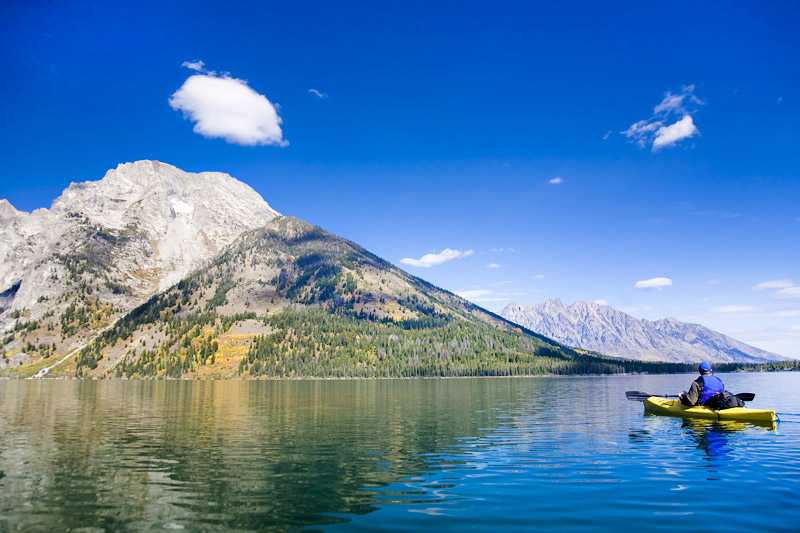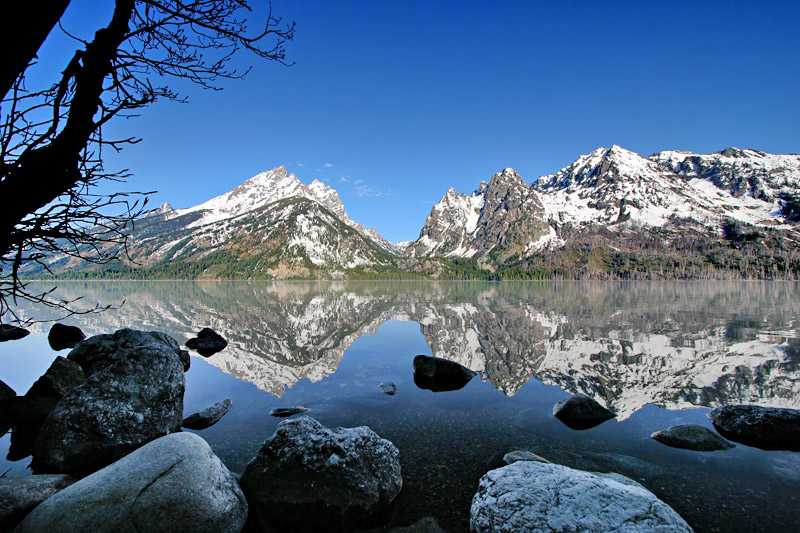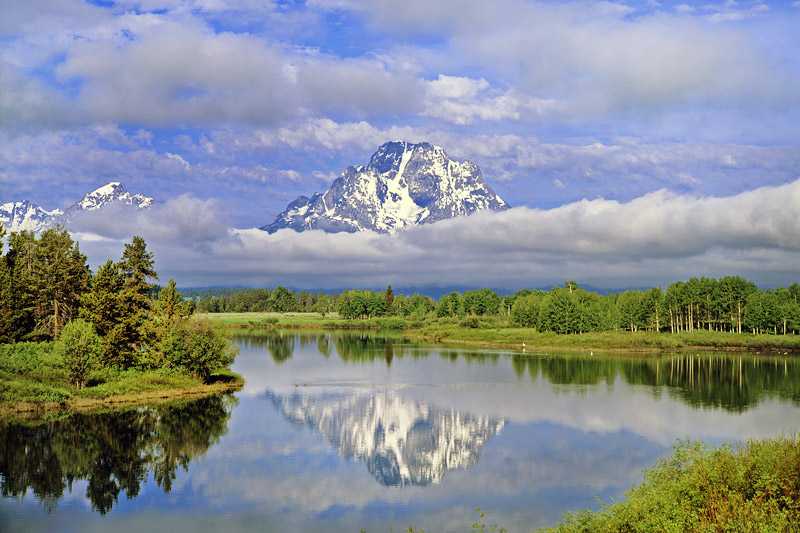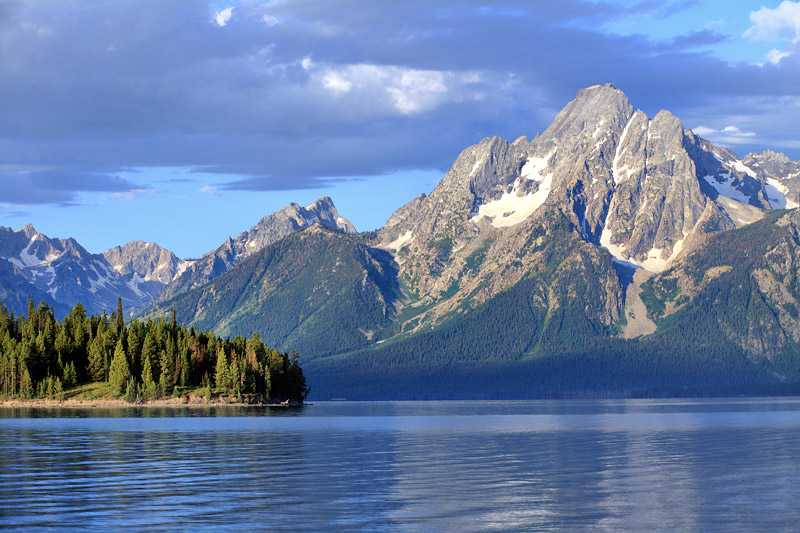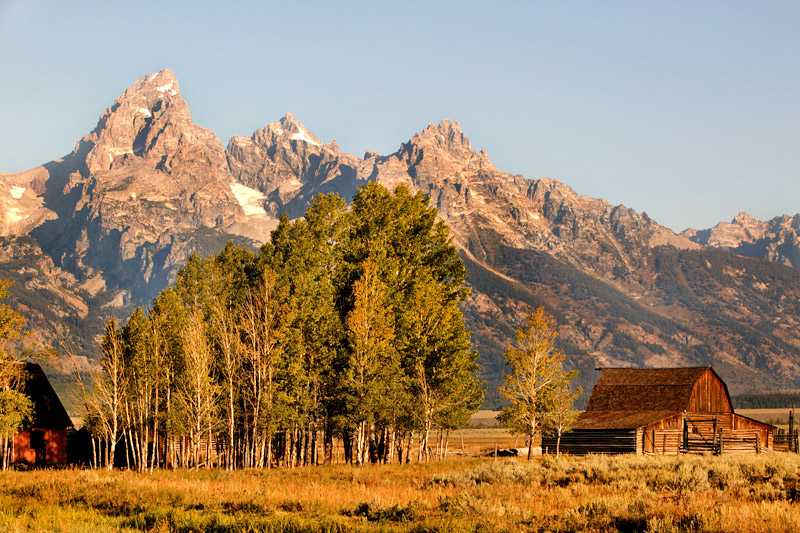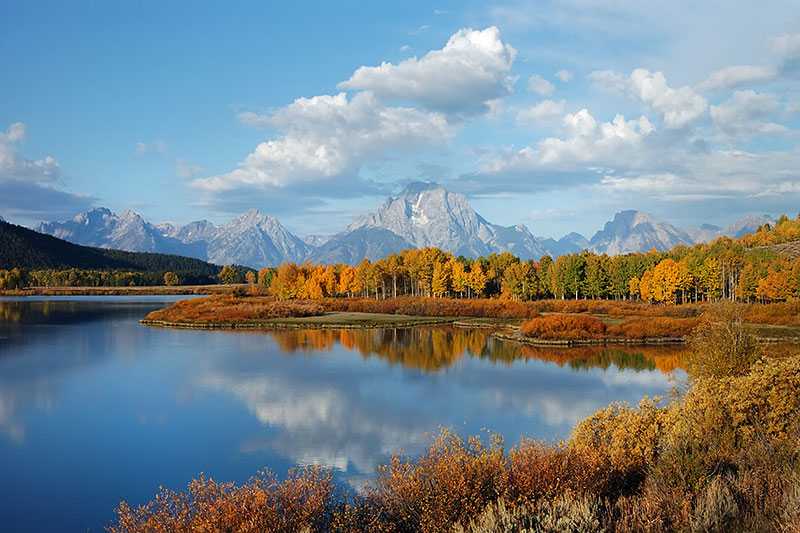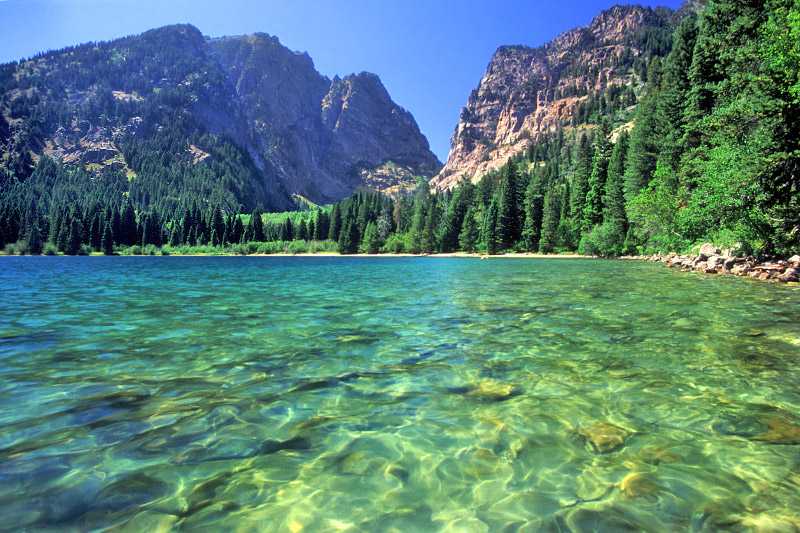Grand Teton National Park
About Grand Teton National Park
Situated in north western Wyoming, the Grand Teton National Park covers around 1,300 km2 (501.9 sq mi). It is connected to the Yellowstone National Park...
About Grand Teton National Park
Situated in north western Wyoming, the Grand Teton National Park covers around 1,300 km2 (501.9 sq mi). It is connected to the Yellowstone National Park, which lies only 16 km (10 mi) to the north, by the National Park Service-managed John D. Rockefeller, Jr. Memorial Parkway. These two parks together with surrounding National Forests cover almost 72...
Attractions near Grand Teton National Park
Activities
About Grand Teton National Park
About Grand Teton National Park
Situated in north western Wyoming, the Grand Teton National Park covers around 1,300 km2 (501.9 sq mi). It is connected to the Yellowstone National Park, which lies only 16 km (10 mi) to the north, by the National Park Service-managed John D. Rockefeller, Jr. Memorial Parkway. These two parks together with surrounding National Forests cover almost 72,850 km2 (28,128 sq mi) of protected Greater Yellowstone Ecosystem, one of the largest intact mid-altitude temperate ecosystems in the world.
Geography
Glaciation has carved dramatic scenery and resulting varied ecosystems ranging from broad U-shaped valley floors through steep coniferous forests, alpine meadows and lakes, and glaciers, rising up to naked granite peaks. The Park is dominated by some of the largest peaks of the 64 km (~40 mi) long Teton Range, including the tallest, Grand Teton 4,199 m (13,775 ft) after which it was named, and another nine peaks over 3,657 m (~12,000 ft).
Flora and Fauna
Measures to protect the area began as early as the 19th century and this has ensured that its ecosystem is almost pristine with the same flora and fauna species surviving intact since almost prehistoric times. The most commonly sighted of the larger mammals which dwell in the park is the elk, herds of which take in the park on their annual migration route. But the park is also home to the reintroduced gray wolf, mountain lion, lynx and wolverine which live alongside smaller species such as least chipmunks, muskrats and beavers. Over 300 types of birds have been identified in the area, from the calliope hummingbird - the smallest North American bird species - to the trumpeter swan, North America’s largest waterfowl.
Activities
There are over 320 km (~200 mi) of hiking trails within the park, allowing for all ranges of ability and fitness. For climbers, the peaks are easily accessible by road and most can be ascended by experienced climbers within one day. There are also plenty of opportunities for boating and fishing (with some restrictions); and in winter, cross country skiing is permitted. Unsurprisingly then, with so much to see and do here, this is one of the ten most popular of America’s National Parks, with over 2.5 million visitors annually.
